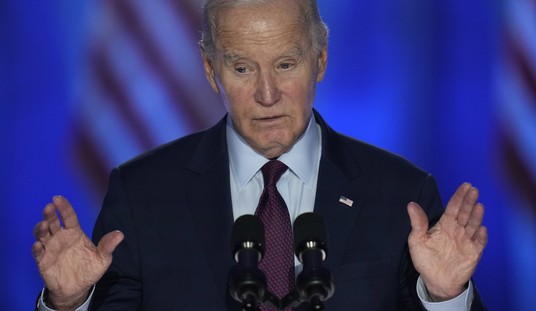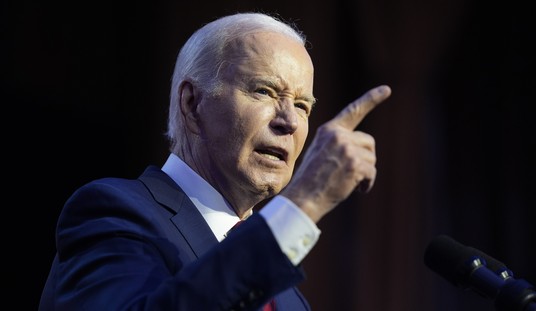One of my first professional jobs 25 years ago was with the economic forecasting firm DRI/McGraw-Hill. It was fun work, but I noticed that the firm’s gross domestic product forecasts with models hundreds of equations long were no better than simple forecasts based on the interest rate yield curve.
I’m sure that macroeconomic models have grown more sophisticated today, but they still can’t predict very well. Former chair of the Council of Economic Advisers, Edward Lazear, has a terrific piece today describing the inaccuracy of government forecasting models:
My analysis of 1999–2013 reveals that the [Congressional Budget Office]’s real GDP growth forecasts for the next year were off, on average, by 1.7 percentage points, either too high or low. Administration forecasts were similarly off by a slightly larger 1.8 percentage points on average, also too high or too low. Given that the average growth rate during this period was only 2.1%, errors of this magnitude are substantial.
Perhaps most damning: History is a better predictor of annual growth than government forecasts. Simply assuming that GDP growth will be 3.1% in each year—the average annual rate for the 30 years that precede the study period—results in an average forecast error of 1.5 percentage points.
Lazear’s article should be posted above the desk of every reporter and pundit writing about the macroeconomy. And it should be kept in mind by politicians, who often claim that such-and-such policy will create such-and-such number of jobs based on such models.
The lesson for federal budget policy should be one of prudence. We don’t know where the economy is headed, so policymakers should cut spending, zero out deficits, and start paying down debt now while we’re enjoying a run of sustained growth.























Join the conversation as a VIP Member